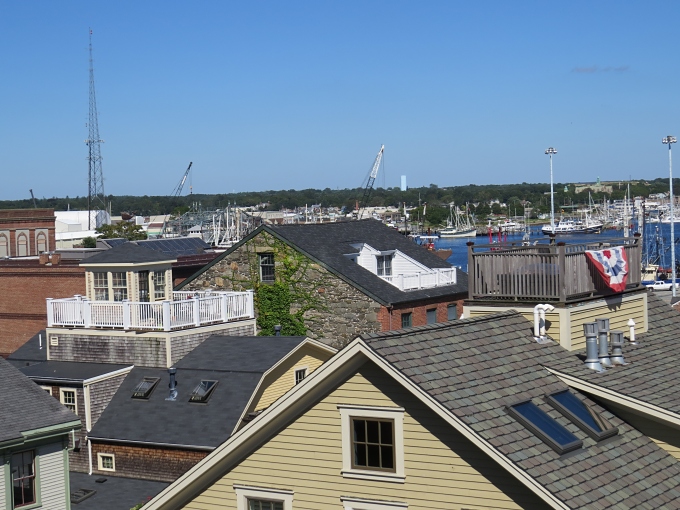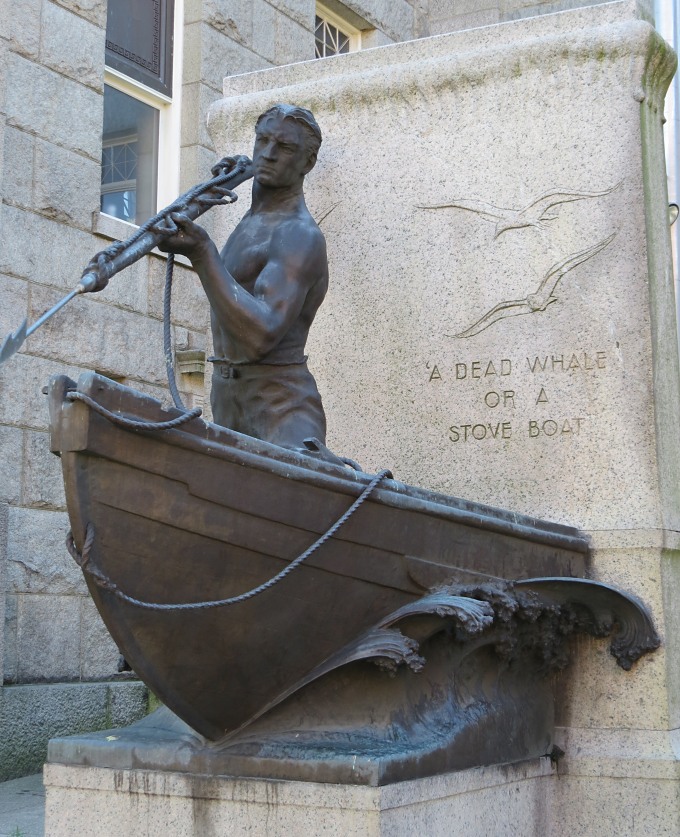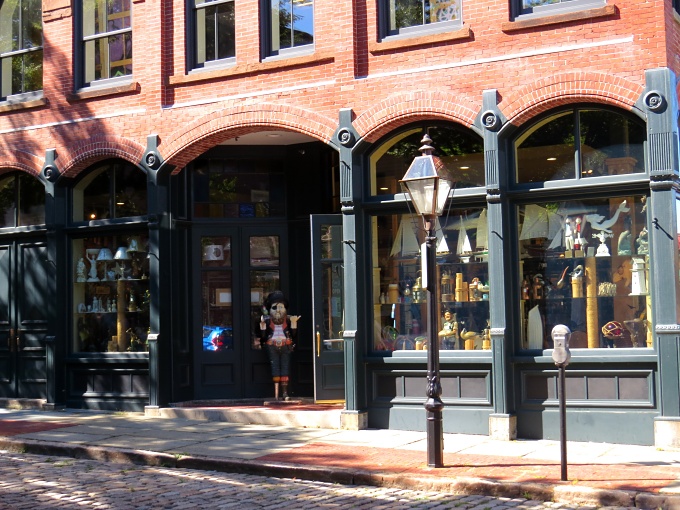Moose Hill Street - an iconic New England road
/When we drive, we prefer to take back roads rather than jumping onto the highway. The highway can be faster, but only by a few minutes and there's no eye candy along the way. This crew always prefers off-the-beaten path, even when we're on land and traditional New England roads ... narrow, winding and tree-lined … definitely fit the bill.
Moose Hill Street is the back road to my sister's house and my Mom now refers to it as “our favorite road” and she's right … it is. The road follows the contour of the land, up and down hills and around sharp corners. Foliage is thick and the trees arch over the road forming a lush green canopy. Stone walls, in various stages of disrepair, covered with poison ivy, line the roadside.
Largely because the Moose Hill Wildlife Sanctuary owns and has protected much of the land on either side of the road, there's been very limited building in the area. The few houses that exist along the road have been there for years and don't seem to have intruded on the road's pleasant nature.
Moose Hill Farm, a lovely old place along the way, is also a protected area since being deeded to the town as part of a nature conservancy and historical preservation area in 2004. It operates in conjunction with the Sanctuary to protect several hundred acres that have been agriculturally active since the 1600's. A culturally significant local landscape, old stone walls, estate trees, the remnants of an orchard and a fine collection of old farm buildings trace an important part of local history.
Reading more, we found that the farm alone supports at least nine functioning vernal pools, three rare plant species including the American chestnut tree as well as five rare wildlife species, mostly salamanders and turtles. We regularly see grazing deer, huge wild turkeys, squirrels, chipmunks and lots of birds, especially bright red cardinals, along this 5-mile stretch. We saw a coyote slinking across the road one dusky evening and several racoons, their eyes caught by the headlights, have peered out at us as we drove by. The wildlife seem to enjoy the road as much as we do.
We wondered how it got its name as there don't seem to be many moose in the area at present. Evidently Jethro Wood, a resident of Sharon in the mid-18th century, killed two moose with one shot on the hill now known as Moose Hill. Impressive shooting, Jethro!
Moose Hill Street is actually cited as a Scenic Road and signed as such. Interestingly enough, the road used to meander for miles until major roads like US 1 and Route 95 cut it into pieces, leaving parts of it isolated from the rest.
Perhaps it's part of our philosophy and way of life developed over the past decade of sailing that makes us enjoy slow and relaxed versus a fast and get there mentality. Though we like arriving, the sights enjoyed while getting there still make each journey more memorable.




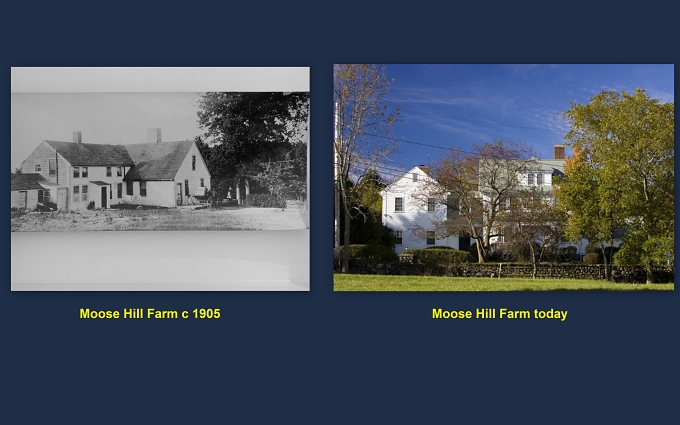






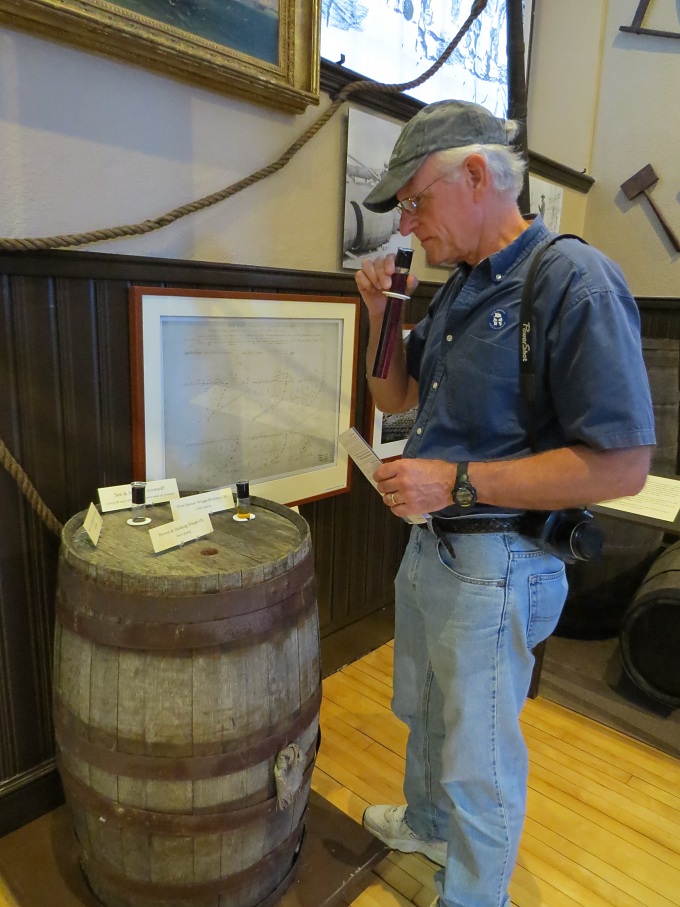



 ) was also a renowned artist and, wouldn't you know it, born in New Bedford. We saw many of his paintings and, in fact, there is an entire room named after him.
) was also a renowned artist and, wouldn't you know it, born in New Bedford. We saw many of his paintings and, in fact, there is an entire room named after him. voyage in 1895.
voyage in 1895.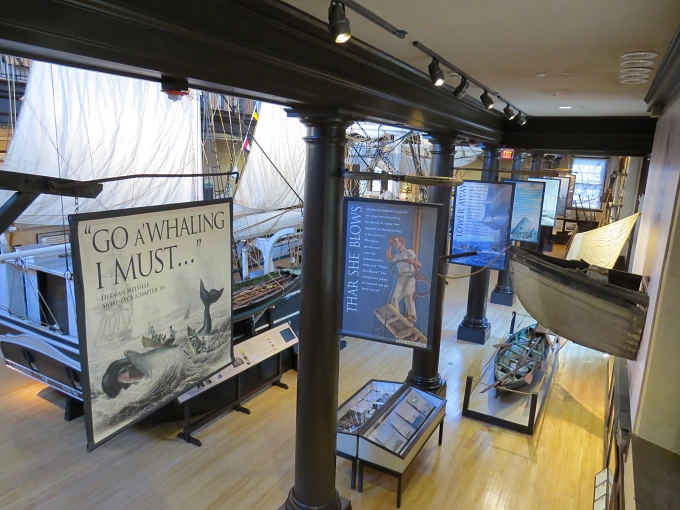
 and references to Melville abound in the museum.
and references to Melville abound in the museum.

